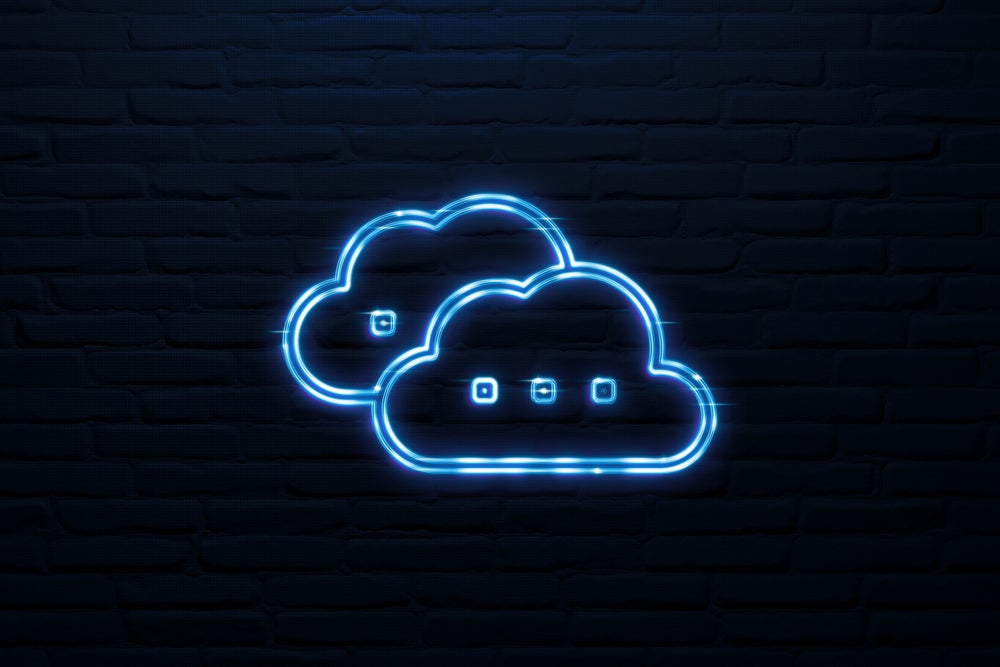Nearmap has been granted a patent for an imaging system featuring a camera and a specialized scanning mirror structure. This system captures oblique images by utilizing a dual-surface mirror design, where a reflective portion collects light and a low-reflective portion blocks unwanted light at specific scan angles. GlobalData’s report on Nearmap gives a 360-degree view of the company including its patenting strategy. Buy the report here.
According to GlobalData’s company profile on Nearmap, was a key innovation area identified from patents. Nearmap's grant share as of June 2024 was 50%. Grant share is based on the ratio of number of grants to total number of patents.
Imaging system with oblique image capture and scanning mirror
The granted patent US12015853B2 describes an advanced imaging system designed to capture a series of oblique images of an object area. Central to this system is a camera that utilizes a scanning mirror structure, which features a first mirror portion capable of reflecting light from the object area across various scan angles. Surrounding this first portion is a second portion made of low reflective material, strategically positioned to block light that could interfere with the imaging process. This configuration ensures that the camera captures clear images by sampling the imaging beam at specific scan angles while preventing unwanted light from reaching the image sensor. The scanning mirror structure is characterized as convex, with the low reflective material being non-convex, enhancing the system's ability to produce high-quality images.
Additionally, the patent outlines an imaging method that complements the system's design. This method involves reflecting an imaging beam from the object area using the scanning mirror structure, rotating it based on a defined scan angle, and capturing the resulting oblique images with the camera. The method emphasizes the importance of the second portion in blocking light that could create ghost images or cause specular reflections, thereby improving image clarity. The design also allows for variations in the azimuth and elevation of the imaging beam according to the scan angle, while maintaining independence for the light that passes around the second portion. Overall, the patent presents a comprehensive approach to enhancing imaging techniques through innovative mirror design and effective light management.
To know more about GlobalData’s detailed insights on Nearmap, buy the report here.
Data Insights
From

The gold standard of business intelligence.
Blending expert knowledge with cutting-edge technology, GlobalData’s unrivalled proprietary data will enable you to decode what’s happening in your market. You can make better informed decisions and gain a future-proof advantage over your competitors.







